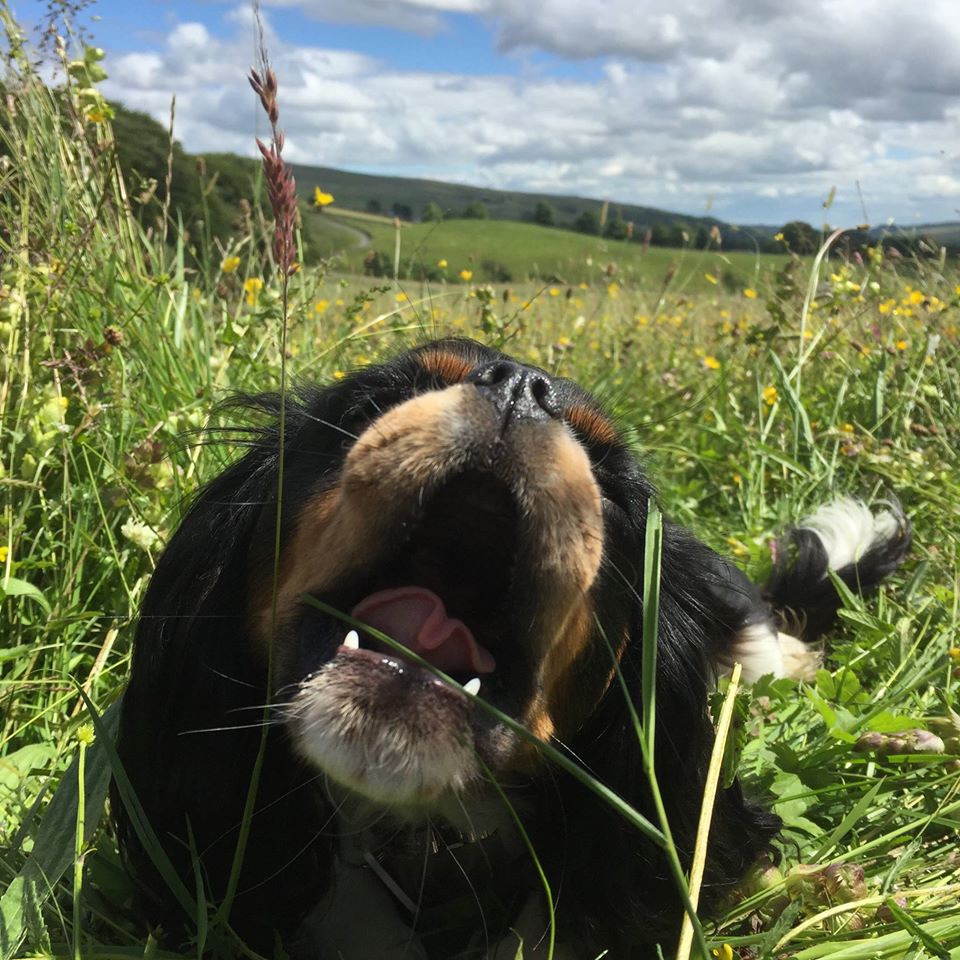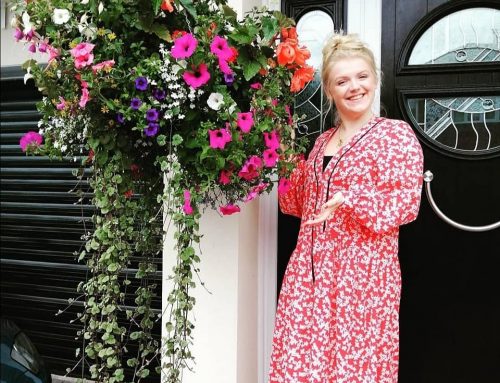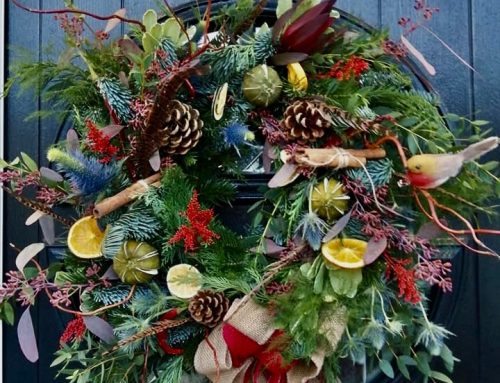How to Create a Wildflower Garden | Green Onion Landscaping
Creating a wildflower garden is one of the best ways to bring natural beauty, support biodiversity, and improve the environment in your outdoor space. At Green Onion Landscaping, we help homeowners across Stockton-on-Tees, Teesside, County Durham, North Yorkshire, and the North East create vibrant wildflower gardens that attract a wide range of beneficial wildlife.
Why Are Wildflower Gardens Important Today?
Wildflower gardens play a crucial role in supporting declining populations of pollinators such as bees, butterflies, and other insects. These pollinators are essential for healthy ecosystems and food production. By planting native wildflowers, you help restore habitats, promote biodiversity, and improve soil health. Additionally, wildflower gardens contribute to cleaner air, reduce garden maintenance, and provide vital food and shelter for many creatures.
How to Create Your Own Wildflower Garden
1. Choose the Right Location
Select a sunny or partly sunny spot with well-drained soil. Wildflowers flourish best with at least 4-6 hours of sunlight daily.
2. Prepare the Soil
Clear away existing grass or weeds. Wildflowers prefer soil that is low to moderately fertile, so avoid rich, fertilised soil. Lightly rake the soil surface to create a fine seedbed.
3. When to Sow Wildflower Seeds
You can sow wildflower seeds in autumn or early spring. For heavy clay soils, spring sowing is recommended to avoid waterlogging. Boxes of wildflower seeds are available tailored to different soil types and growing conditions. Sow at approximately 4 grams per square metre.
Before sowing, fork over the soil and rake it evenly. Scatter the seeds, then lightly firm the soil with the back of a rake. Water only after germination to prevent seed rot.
4. Wildflower Turf — Ready-Seeded and Easy to Install
Wildflower turf (also called wildflower mats) offers an instant meadow by rolling out a pre-seeded, mature patch of wildflowers. This is perfect for quick garden transformation and immediately attracts wildlife such as pollinators, birds, and beneficial insects.
5. Maintenance
Keep soil moist during germination (2-3 weeks). Once established, wildflower gardens need minimal watering. An annual cut in late summer or autumn helps prevent weeds and maintains plant diversity.
Wildlife Encouraged by Wildflower Gardens
Wildflower gardens provide food, shelter, and breeding habitats for a wide variety of beneficial creatures:
-
Pollinators: Bees (including bumblebees and solitary bees), butterflies, hoverflies, and moths rely on wildflowers for nectar and pollen. These insects are crucial for pollination of many garden plants and crops.
-
Birds: Species such as wrens, robins, and blackbirds are attracted to wildflower areas for seeds, insects, and nesting material.
-
Hedgehogs: Wildflower gardens encourage hedgehogs by providing dense ground cover, shelter, and an abundant supply of insects and slugs—their favourite food. Hedgehogs benefit from connected garden habitats and safe spaces created by wildlife-friendly planting.
-
Beneficial Insects: Ladybirds, lacewings, and ground beetles feed on garden pests and help maintain ecological balance.
-
Amphibians: Frogs, toads, and newts can thrive if your wildflower garden includes damp or shaded areas and water features nearby.
The presence of this diverse wildlife enriches your garden with natural pest control, vibrant activity, and the soothing sounds of nature.
Easiest Wildflowers to Grow in the UK
Some beginner-friendly native wildflowers perfect for UK gardens include:
-
Cornflower (Centaurea cyanus): Bright blue flowers attracting bees and butterflies.
-
Oxeye Daisy (Leucanthemum vulgare): Hardy white petals with yellow centres.
-
Common Poppy (Papaver rhoeas): Iconic red blooms, easy to grow.
-
Red Clover (Trifolium pratense): Nitrogen-fixing and valuable for pollinators.
-
Bird’s-foot Trefoil (Lotus corniculatus): Yellow flowers supporting pollinators.
-
Yellow Rattle (Rhinanthus minor): Helps control grasses, promoting wildflower diversity.
Green Onion Landscaping’s Pick of Wildflowers
Some favourite British wildflowers include:
-
Forget-me-not: Delicate blue flowers
-
Scarlet Pimpernel: Tiny orange petals with pink centres
-
Viper’s Bugloss: Deep purple flowers with striking foliage
-
Cowslip: Yellow spring blooms on tall stems
-
Bugle: Bright purple flower spikes
-
Ragged Robin: Soft pink blooms
-
Sorrel: Reddish flower spikes and crimson leaves
-
Oxeye Daisy: Classic white flowers
Why Choose Green Onion Landscaping for Your Wildflower Garden?
-
Over 30 years’ experience designing and planting wildlife-friendly gardens.
-
Expert advice on soil prep, seed mixes, and ongoing care tailored to your garden.
-
Full landscaping service including planting, mulching, and habitat creation.
-
Serving Stockton-on-Tees, Middlesbrough, Darlington, Teesside, County Durham, and North Yorkshire.
Ready to Create Your Wildflower Haven?
A wildflower garden brings beauty, wildlife, and environmental benefits to your outdoor space. Contact Green Onion Landscaping today to discuss your garden project.
📞 Call Green Onion Landscaping on 07701097196 or 01642 640303





